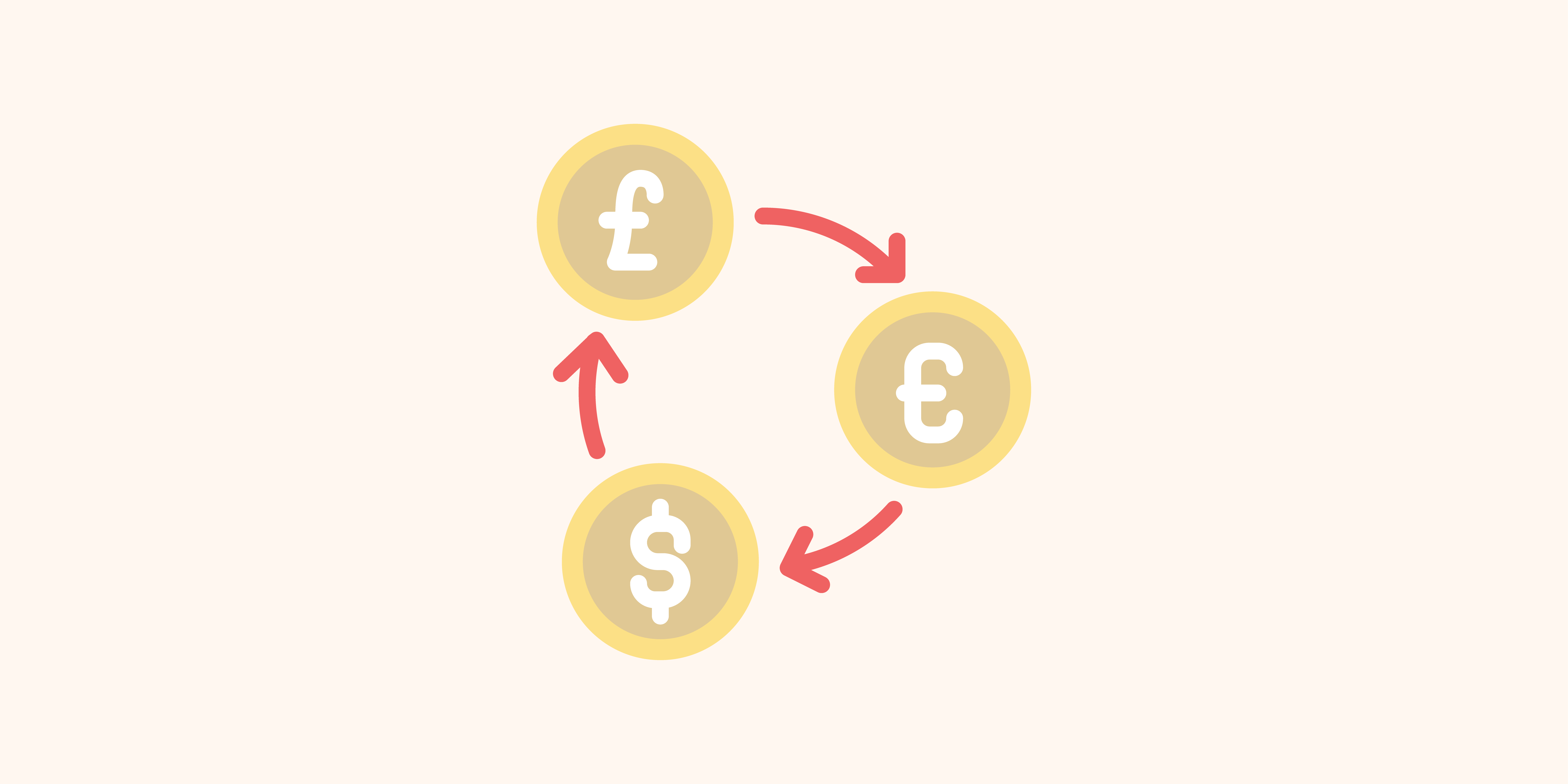If you’re planning a big trip abroad — or you’re a frequent flier — mapping out exactly how you’ll exchange your money can go a long way in saving you fees. After all, you don’t want to get stuck at an overpriced money exchange kiosk at the airport, where commission fees are often significantly higher than anywhere else.
“Preparation is everything,” says Darren Coleman, senior portfolio manager, Private Client Group Coleman Wealth/Portage Wealth in Oakville, Ont.
That’s because knowing where to exchange your money, how much to bring, and what currency is preferred in your destination are all critical considerations in ensuring your trip is as smooth as possible.
Claire Célérier, an associate professor of finance at the University of Toronto’s Joseph L. Rotman School of Management, agrees.
“Don’t do last-minute or on-site conversions,” she says.
Here’s how to efficiently exchange your currency:
Do some sleuthing. If you’re not a frequent traveller, exchanging money at a local bank here at home might be best. Coleman suggests doing a bit of online research to determine which bank has the best exchange rates, and what they’ll charge you for the transaction. The Bank of Canada’s Currency Converter provides the day’s rate, which makes it a good benchmark.
If you have multiple accounts at a bank or have been a long-time member, you might be able to negotiate a better exchange rate and commission fee, recommends Célérier.
Determine your frequency. If you are frequently travelling to the U.S., for example, consider a Canadian bank account or a credit card in U.S. dollars (USD), both of which offer lower exchange fees than banks and private currency exchanges. Canadians can also set up bank accounts in Europe or Asia if they’re travelling for many months. For longer stays, Coleman suggests travellers exchange money in larger amounts, rather than multiple smaller transactions, as this reduces the commission fees.
Consider currency-waiving cards. “If you’re going to travel a fair amount, you can get credit cards that waive the foreign exchange fee,” says Coleman. This means you won’t pay the two or three per cent commission on every transaction. Célérier is a fan of the Wise card, a debit card linked to your bank which can be used anywhere in the world and uses the market exchange rate, with low conversion fees. The app can be also used on a cell phone, reducing the need to carry the card.
Seek out safety. If you’re out of money abroad and need to exchange money asap, make sure you exchange your money or withdraw it at a reputable bank, says Coleman. He suggests travellers research the country’s main banks and become acquainted with their logos before they depart. He also advises tourists to watch out for any strange devices attached to bank machines, which can skim a debit card’s information.
Figure out what currency is preferred. While certain countries use their own currency, a surprising number use USD: Ecuador, El Salvador, Zimbabwe, Palau, Marshall Islands, Panama, The British Virgin Islands, Turks and Caicos, Timor and Leste, Micronesia and Bonaire, according to Western Union. Others, like the Cayman Islands, Bermuda and Aruba, use USD alongside their own currencies. In situations like these it’s beneficial to bring USD in addition to local currency.
Get familiar with the country’s currency. It’s a good idea to know what a country’s currency actually looks like, in order to safeguard against scams, says Coleman. For example, in places like Croatia, Romania, and other countries that have done currency conversion, old currency is often still in circulation even though it doesn’t have value, he says. “If you don’t know what those bills look like, you can easily exchange money at some back alley money changer and they’ll take your USD or maybe Canadian dollars, and they’ll give you valueless currency.”
Determine what’s better: cash or credit. While travelling with a credit or debit card over cash can be helpful in high-theft areas, some countries prefer handling cash to plastic. “You don’t want to go with all credit cards and discover they don’t have a payment method there,” says Coleman. “Do the research before you go.”
Check the return policy. If you’re paying for items with a Canadian credit card, you may get dinged twice on the exchange rate should you return the item, warns Coleman. “I was in the U.S. and I bought something with a Canadian credit card, and I went to return it,” he says. “And it wasn’t until I got home, I discovered how badly I got hammered on all the exchange rates.” Coleman bought the product in U.S. funds, had the price converted to Canadian funds for a fee, and when he returned it, got a lower exchange rate and was charged another commission fee. “I was out a few hundred dollars in foreign exchange commissions and the difference in the bid ask between the two banks,” he says.
Pay in the country’s currency when using a credit card. When travelling in the U.S., refuse the option to pay in Canadian when using a credit card, says Coleman. Often merchants will offer the option to pay for an item in Canadian funds, at a considerably lower exchange rate than the credit card company will offer.
Taking the time to consider your exchange options ahead of a trip can go a long way in ensuring you get the most bang for your buck when exchanging money, says Célérier.
This can arm you with knowledge about preferred currencies, safeguard your funds and ensure your vacation is stress-free.
“Be aware,” she says. “It’s important to be informed.”





